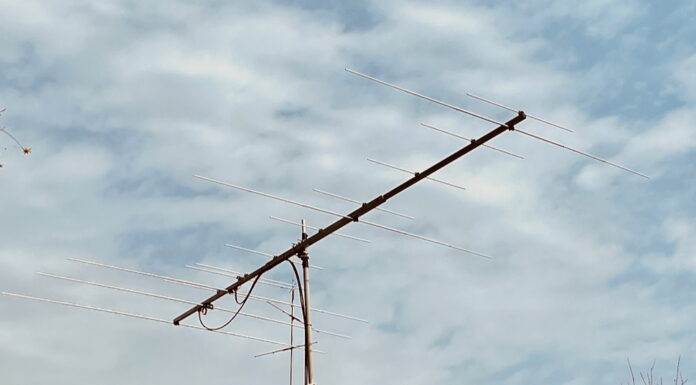I enjoy contesting. It builds skills. Helps you develop your station. And provides plenty of fun including building your DXCC or grid count.
CW Contesting
I got my start in contesting by working CW contests. That began in 2010 after about four years since coming back to the hobby. I just chanced across a fully lit up 40 meter band. After struggling to make out a few call signs, I started to realize that many of the stations were new DXCC entities for my logbook. Wow! And, better yet, no pileups.
That was my first motivation — work more DX. Then the competitive bug hit. Not that I was in the running for any awards. But it’s always nice to see how you do against yourself from one contest to another and from the same contest from year to year.
As a result, you naturally start looking for ways to improve your operation. You reach out to those in your club, or better yet find a contest club, to compare notes. We have a wonderful club here in the DFW Contest Group.
My big years for CW contesting were 2010 until about 2013. I hit my high note in 2013 in the CQ WW CW Contest by finishing 1st in the USA for QRP 15 meter single band assisted. My efforts there came from an Elecraft K3 with P3 Panadapter along with a homebrew moxon on a push up mast that I’d armstrong rotate to point to Europe in the morning and other areas as the propagation changed. I like 15 meters as it allows me to sleep at night.
That’s one other thing I learned — find the category that fits your equipment and your style to maximize your results.
BTW — The shack photo at the top of this page is from 2012 and my early efforts.
RTTY Contesting
It may have been Contest University and Ed Muns, W0YK, that prompted my interest in RTTY. I had operated RTTY in the heavy metal days back in the early 1980’s with Teletype gear. Getting back into it in 2012 was very different, but there are so many online resources to get you started.
Here again, improving your effort from one contest to the next is a big part of the fun. My early efforts were using RUMped on a Mac with it’s built in RTTY. But I soon added N1MM and MMTTY.
What I like about RTTY today is it’s rapid QSOs that are mostly handled by the software — rather than my weak brain trying to decode CW.
My high points in RTTY contesting was setting new records in the CQ WW RTTY Contest for the W5 Area Low Power Assisted Single Band 15 meters in 2013 (moxon driven) and W5 Area Low Power Assisted Single Band 20 meters in 2014 (vertical driven). Those records still stand — thanks in large part to the sunspot minimum. I was also able to win the North American QSO Party RTTY QRP category in 2014 thanks to the big competitors being busy elsewhere.
VHF Contesting
I’m not sure if it was driven by my need for new toys or new avenues for learning, but I started to enter VHF contests in 2015. I suppose my big interest at the time was collecting more grids on 6 meters. That, in turn, led to adding 2 meters and 70 cm to be more competitive, particularly in the new Single Operator 3-Band category. Then, of course, comes more antennas, preamps, etc. Finally, I’ve been pushed out of the house into rover operation.
I also came to like the slower nature of the VHF contests. They actually take time to exchange grids and make sure you’ve copied it correctly. They also don’t typically call you a LID because you got out of sequence with your CW reply. Not only that, but CW is at a much lower speed, when it’s used at all.
Although, I will note that some guys talk too much rather than working stations. But you just need to deal with that. The other thing that’s interesting for VHF contests is that modes don’t count. CW, SSB, FT8, MSK144, or whatever, it all counts as a QSO. That makes for some strategic choices during the contest.
My results have not been that spectacular. Working VHF in Texas where the stations are few and far between makes for a quiet weekend. That’s a key reason that I took up roving — I go find QSOs and then work them again in the next grid.
What prompted this blog post was noticing this past week that the CQ WW RTTY Contest was this weekend. So I set up my station with a logging program, RTTY decoder, and got on the air. I had some fun working a few QSOs and remembering many of the call signs.
If you haven’t yet tried contesting, give it a go. It doesn’t require a lot of effort, only as much time as you want to spend at the radio, and generally only the equipment you already have. It’s a fun way to make contacts, collect new grids or DXCC, and build your operating skills. Try it out.
Actually, better yet, get on VHF here in North Texas and give me some new contacts!








